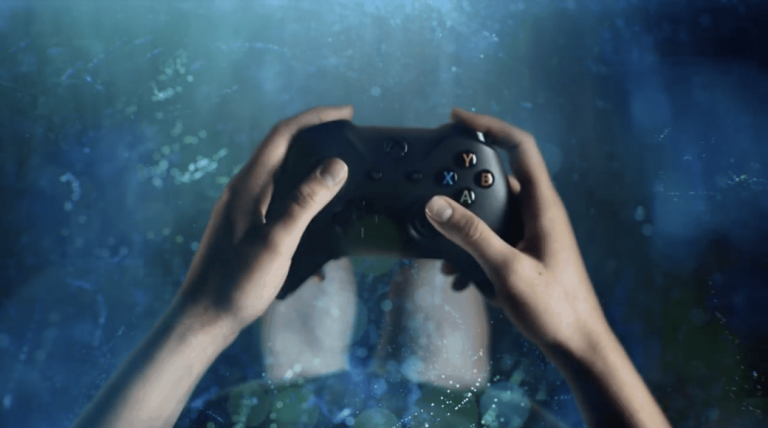Despite Microsoft having the most powerful gaming console on the market with the Xbox One X, the company let Sony and its PS VR platform lead the way during this console generation. That’s a really unfortunate for Xbox gamers, but according to a report from last year Microsoft decided to put its console VR plans on hold to wait for new tech like wireless headsets.
Microsoft’s “Anaconda” family of next-gen Xbox consoles isn’t expected to come to market until next year, but some developers are already doubting that the new hardware will support VR headsets. Pablo Lafora, a game designer working a Tessera Studios, a Spanish company currently developing its first PS VR title complained about not hearing any console VR news from Microsoft.
“No matter how much I ask, I never get any news on Microsoft VR,” Lafora said in an interview with GamingBolt. “Just some rumors about HoloLens 2. It seems like they don’t have much interest in VR. On one hand, it looks like right now they won’t include VR features on their next console. On the other hand… that sounds really risky. Maybe the next Xbox will be HoloLens 2 compatible? It might be, but we don’t think the console/marketing will make HoloLens the core of it all.”
Lafora was probably right to mention HoloLens 2, as Microsoft is expected to announce it on Sunday at Mobile World Congress. The new headset will reportedly work like an Always Connected PC powered by a high-end Qualcomm Snapdragon ARM chip, and this pretty much fits the description of the better wireless technology that Microsoft has been waiting for to bring VR experiences to Xbox consoles. However, we still don’t know if the next-gen HoloLens will only support holograms and other mixed reality experiences (like the first HoloLens and its transluscent lens), or if it will also be able to provide fully immersive experiences like other VR headsets.
As of today, Microsoft’s VR strategy is pretty simple: on one hand, we have HoloLens for business users and firstline workers, and on the other hand we have Windows Mixed Reality headsets for consumers. From the beginning, WMR headsets have been pretty much focused on gaming scenarios, but they require a powerful PC and a wired connection. Microsoft has managed to get several PC makers like HP, Lenovo, Acer and Samsung to release WMR headsets, but in retrospect, the lack of Xbox One compatibility probably hurt sales.
Sony’s PSVR hasn’t exactly been a massive success for the Japanese company, but according to SuperData PSVR was the best-selling VR headset of 2018 with 1.3 million units sold. Sony has clearly been an early leader in VR, and Microsoft will need to play catch up if it doesn’t want to start the next console generation with a handicap. Using HoloLens 2 to provide console VR experiences could be an interesting synergy, but maybe next-gen Xbox consoles deserve to have a dedicated VR headset built from the ground up for gaming scenarios.


